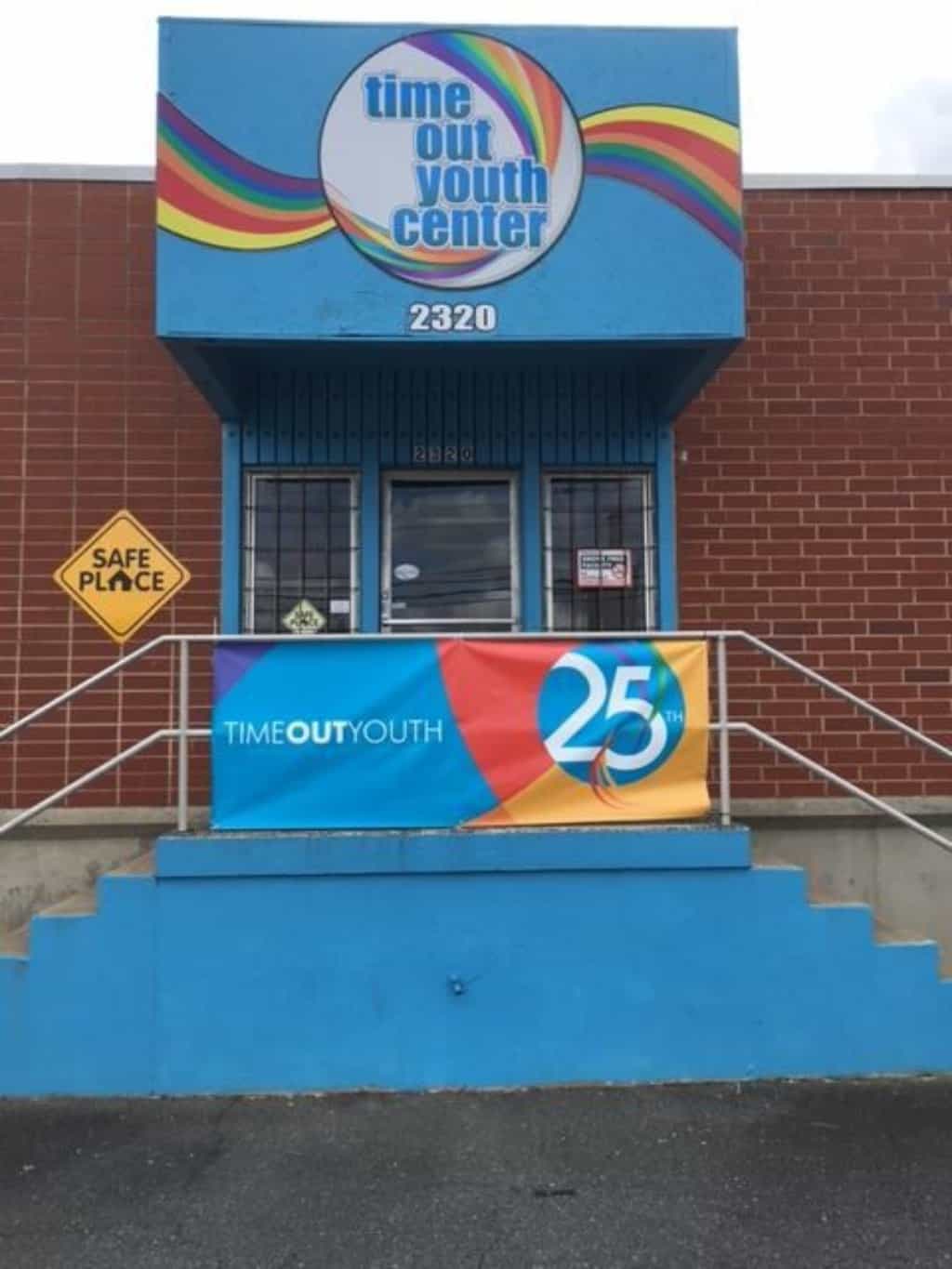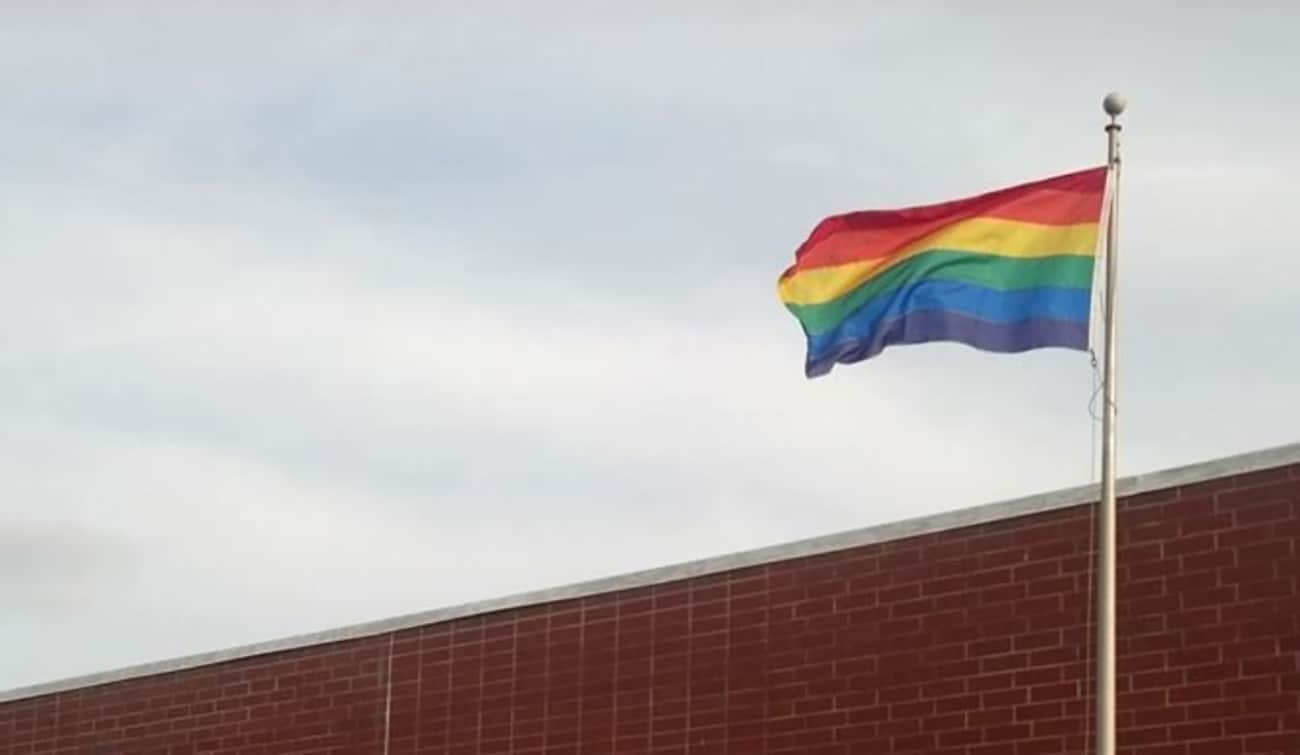Editor’s Note: This is the second in a five-part series examining youth suicide in North Carolina. Scenes in this series may be disturbing to some readers. If you need help, call the National Suicide Prevention Lifeline at 1-800-273-8255.
The summer before Ash Haffner died by suicide, Ash and April Quick, Ash’s mom, attended Charlotte’s annual Pride parade. They posed for a photo. Ash wore a tie-dye t-shirt with the picture of a cat on the front. The pair had a great day.
It was a happy moment in a difficult period for 16-year-old Ash.
Quick says Ash was battling depression and anxiety, taking medication, and struggling with their gender and sexual identity.
“I feel like Ash was already very fragile,” Quick says, due to growing up with a single mom who was in a difficult relationship herself. That, plus bullying at school, was a lot for the teenager to handle. “I don’t think it was just any one thing,” Quick says. “It was everything. And just being in that fragile state. I feel like Ash just had so much on one plate.”
Ash’s struggle isn’t unique.
LGBTQ youth are more likely to have suicidal thoughts, attempt suicide, and die by suicide than their heterosexual peers. One study cited by the Centers for Disease Control and Prevention found that LGBTQ youth in grades seven through 12 were twice as likely to have attempted suicide as heterosexual adolescents.
Some surveys report as many as half of young transgender people have seriously considered suicide, and a quarter have attempted suicide.
Although research indicates LGBTQ individuals who have been teased, bullied, or discriminated against because of their sexuality are more at risk for suicide than heterosexual peers, experts are quick to point out that there is not a direct cause-effect relationship—in other words, someone doesn’t attempt or complete suicide because they identify as LGBTQ.
“If there are mental health issues and you tack on additional feelings of isolation and despair because of how they’re feeling about their sexual orientation or gender identity that kind of compounds preexisting conditions,” says Rodney Tucker, the executive director of Time Out Youth in Charlotte.

Now in its 25th year, Time Out Youth provides a safe space for LGBTQ youth, plus programs and services for adolescents and their families, including support groups that meet four nights a week. TOY has counselors and a social worker on staff to help the children it serves, and Tucker has worked with youth who have contemplated and attempted suicide.
“It doesn’t matter if you’re gay or straight,” he says. “We handle suicide the same from a clinical perspective. We get to that crisis point, the safety of the child is No. 1.”
Although adolescents in Charlotte and surrounding counties have access to services at Time Out Youth, and other large cities offer similar programming, LGBTQ teens elsewhere in North Carolina do not. Tucker is working to change that, though, through a national project to create virtual LGBTQ centers across the nation. “We would host one for the Southeast here in Charlotte,” he says.
Tucker also is working to train health professionals on the best practices in serving LGBTQ individuals —especially how to build trust with new patients who identify as LGBTQ. “Understanding terms that go along with sexual orientation and gender identity,” he says, “how to make people feel welcome and affirmed straight off the bat.”
Building trust is even more important now, Tucker says, because of the tension surrounding LGBTQ issues in North Carolina today. “It adds another layer to trying to diagnose the problem and find solutions,” he says, because at-risk adolescents have something else to worry about, something else to trigger preexisting mental health problems.
“There’s a heightened feeling of anxiety.”
LGBTQ individuals who need crisis assistance or other suicide prevention tools should contact The Trevor Project, a leading resource for LGBTQ youth.
Coming tomorrow: What state policymakers are doing to address youth suicide.


